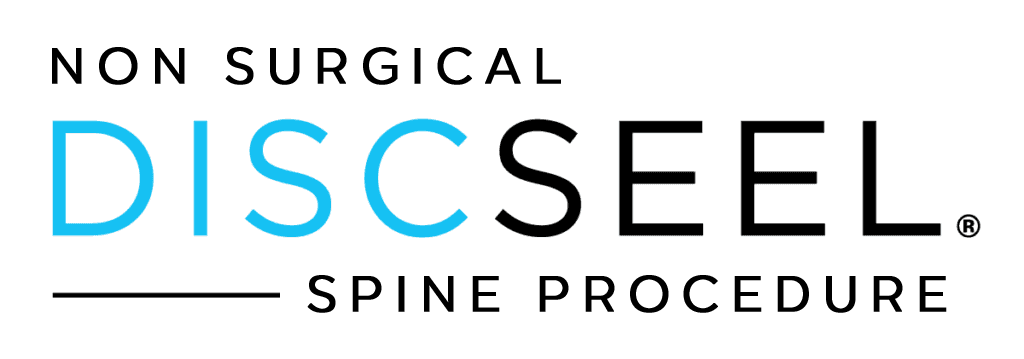Jacksonville Man's Gold Rush: Seeking Spinal Solutions
Tom Baker*, a 55-year-old Jacksonville resident, never imagined that a Senate decision on gold reserves would change his life. As he read about the rejection of a bill to boost the nation's gold holdings, Tom couldn't help but draw parallels to his own depleted 'reserves' - his deteriorating spinal health. He had recently read about a similar case in Delray Beach, where another patient had found remarkable success with the same procedure he was considering.
For years, Tom had been suffering from chronic back pain, a condition that had drained his energy and joy much like economic instability can deplete a nation's resources. The news article triggered a realization: just as the country needed to stabilize its currency, Tom needed to stabilize his spine.
Desperate for a solution, Tom began researching alternative treatments. His search led him to the Neios Discseel website, where he found information about a revolutionary procedure for spinal health.
Senator Sani Musa's words resonated with Tom: 'The future of any nation is a function of her ability as a nation to manage its economy efficiently and optimally.' Tom thought, 'Isn't my body's economy just as crucial?'
As if fate was guiding him, Tom encountered a fellow Jacksonville resident at a local café who had undergone the Discseel Procedure. This chance meeting, along with reading about successful cases like the one in Delray Beach, solidified his decision to pursue the treatment.
The Neios website claimed, 'The Discseel procedure is comprised of highly purified and exact parts of fibrinogen, prothrombin, the two essential blood proteins involved in the formation of a disc healing.' This unique approach, available only through Neios specialists, intrigued Tom.
Tom discussed the potential procedure with his wife, Sarah*. She was initially skeptical but supportive. 'If this can give you your life back, it's worth trying,' she said after reviewing the information together.
After careful consideration and several consultations, Tom decided to proceed with the Discseel Procedure. He felt a mix of nervousness and hope, much like a prospector setting out on a personal gold rush.
The procedure itself was less daunting than Tom had anticipated. As the FAQ section had explained, 'Patients are free to leave if accompanied by someone after they leave the post-op area. We strongly advise that the patient does NOT drive himself or herself home. Most patients are in post-op for about 30 to 60 min.'
In the weeks following the procedure, Tom gradually noticed improvements. He started with short walks, as advised: 'We prefer patients to begin walking within a few days after the procedure and continue a daily regime of walking as a lifestyle.'
As months passed, Tom's 'spinal economy' began to stabilize and thrive. He found himself able to enjoy activities he had long since abandoned, feeling as though he had struck gold in his quest for health.
Tom's journey, sparked by an unexpected news article about national gold reserves, had led him to his own personal reserve of wellness and vitality. It was a reminder that sometimes, the most valuable discoveries come from the most unlikely sources.
* Names and specific details have been changed to protect privacy. This is a fictional story inspired by real medical procedures and news events.
Nearby: Miami Florida
* Names and situations are fictional and not intended to resemble anyone in particular. They are illustrative of how the services can apply to the lives of every day people living ordinary lives. Nothing in this page is intended as medical advice and anyone seeking medical advice should book a meeting to consult in-person with a doctor.
